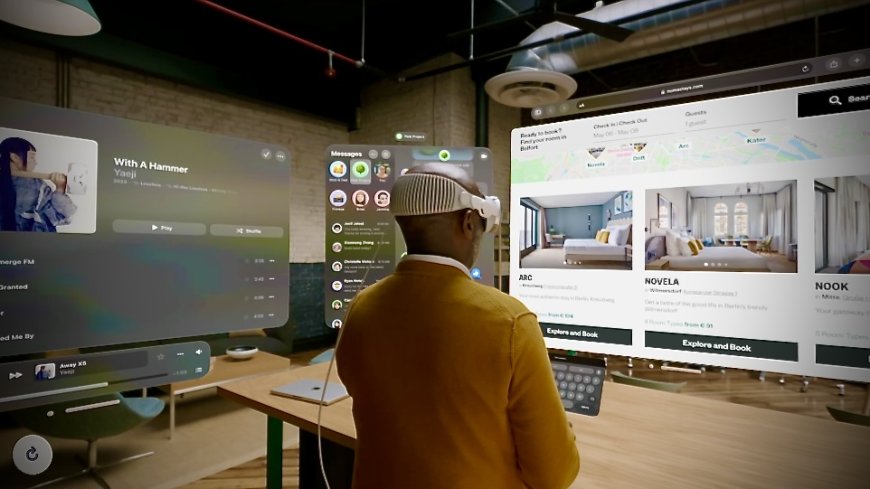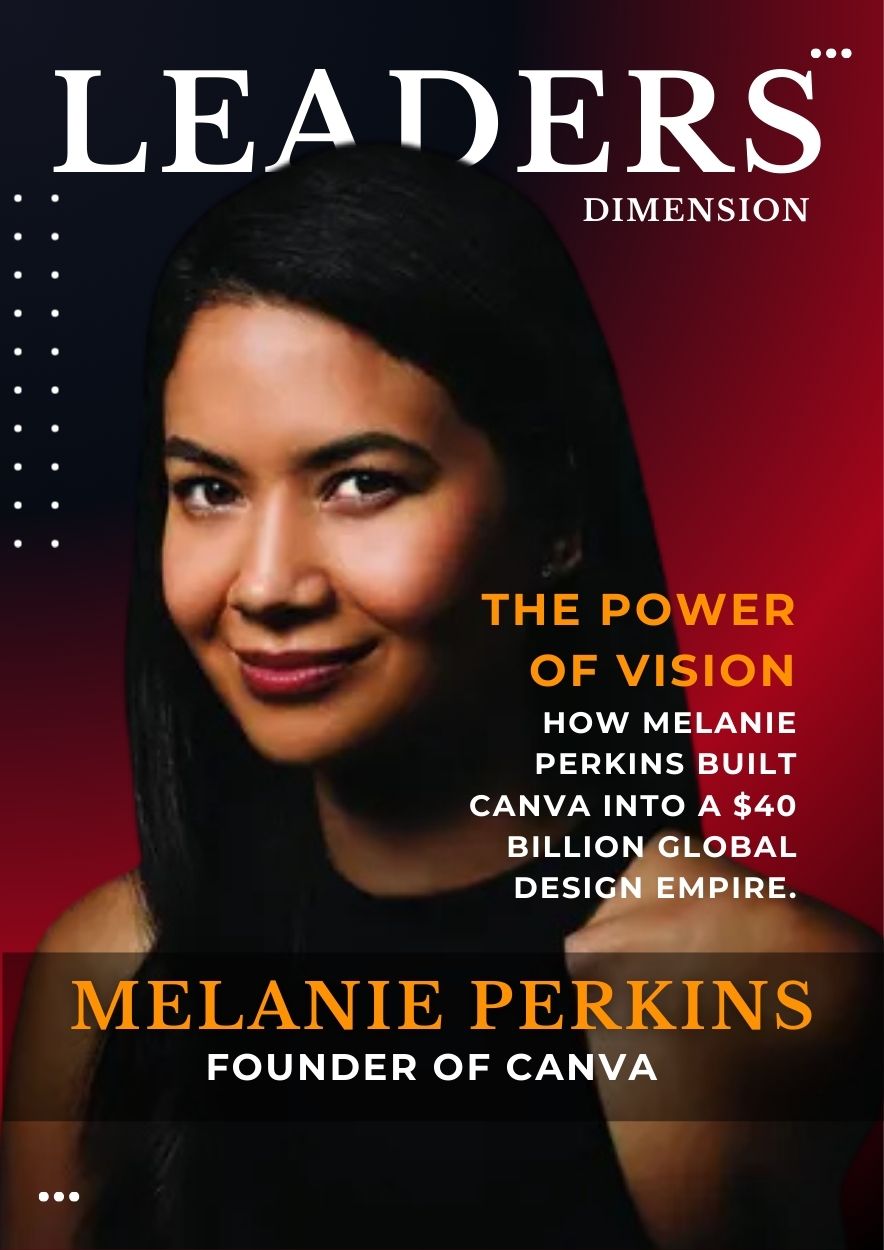Apple’s $3,499 Vision Pro: A Bold Bet on Spatial Computing
Apple has officially entered the mixed reality race with the launch of its most ambitious product in years—the Apple Vision Pro, a $3,499 headset that the company is calling the dawn of “spatial computing.”

Unveiled at the Worldwide Developers Conference, the device represents Apple’s first foray into blending physical and digital worlds, and it could redefine how consumers work, play, and interact with technology.
But with its steep price tag, the Vision Pro is not a mass-market device—at least not yet. Instead, it’s Apple’s calculated bet on a premium product that could eventually pave the way for mainstream adoption.
The Vision Pro: Apple’s First Spatial Computer
Unlike the Meta Quest or other AR/VR headsets, Apple isn’t positioning Vision Pro as a gaming accessory. Instead, the company wants it to be a full-fledged computer. Users can run productivity apps like Excel, Webex, and Slack, stream content on a virtual 4K HDR display, or even turn the headset into a massive floating monitor for their Mac.
“The Vision Pro is not just a headset—it’s the beginning of a new platform,” says Apple. If successful, it could become the company’s most significant product category since the iPhone.

Premium Hardware, Premium Experience
Apple has never been shy about design, and Vision Pro pushes boundaries.
Displays: Dual micro-OLED screens with 3660x3200 resolution per eye, automatically adjusting frame rates up to 100 FPS.
Power: Driven by the M2 chip and an R1 co-processor, built to process camera, sensor, and microphone input in real time.
Authentication: Optic ID, an iris-based scanner, ensures secure logins.
Design: A laminated glass front with an aluminum alloy frame, adjustable headband, and outward-facing EyeSight display to reveal the wearer’s eyes.
Battery: Up to 2.5 hours with an external pack, or all-day use when plugged in.
Apple also added its hallmark ecosystem advantage: seamless compatibility with macOS, iOS, and iPadOS.
Software: visionOS and Spatial Apps
Vision Pro runs on visionOS, a new operating system built on Apple’s existing frameworks but adapted for immersive experiences. Navigation is done via eye tracking, hand gestures, and voice commands, removing the need for physical controllers.
Apps are no longer confined to screens—they can float in the air, scale to life-size, and even cast shadows based on room lighting. A standout feature is Mac Virtual Display, which transforms the headset into a giant monitor for Mac users, creating instant appeal for developers, architects, and designers.
Strategic Positioning: A High-End Entry
At $3,499, Vision Pro is priced well above competing headsets, but Apple has a history of introducing premium devices that set the stage for future, more affordable iterations. The original iPhone launched at $599 in 2007—considered exorbitant at the time—yet went on to redefine mobile computing.
Analysts expect early adoption to come from professionals and enterprises in industries like architecture, engineering, and media. For everyday consumers, the headset may be aspirational, but it signals where Apple believes the future of computing is headed.
Market Reaction and Challenges
Reactions to Vision Pro have been mixed. Enthusiasts call it groundbreaking, while skeptics highlight its limited battery life, weight, and high cost as barriers. Moreover, the AR/VR market remains relatively niche compared to smartphones and laptops.
Still, Apple’s advantage lies in its ecosystem and ability to create cultural shifts. With its App Store integration, support for iOS/iPadOS apps, and strategic partnerships, Apple could drive adoption in ways competitors have struggled to achieve.
Conclusion: Apple’s Next Big Gamble
The Vision Pro is Apple’s boldest bet since the Apple Watch, and possibly its most transformative since the iPhone. While it may not achieve mass adoption immediately, it positions Apple as the clear leader in a category many tech giants—from Meta to Microsoft—have tried and failed to mainstream.
If Apple can turn “spatial computing” into more than just a buzzword, the Vision Pro may not only succeed—it could redefine the future of personal computing.

